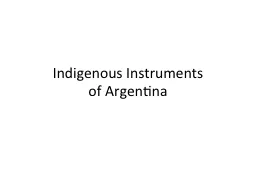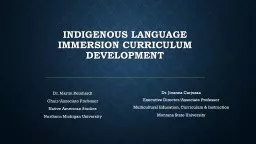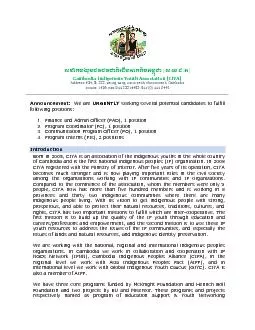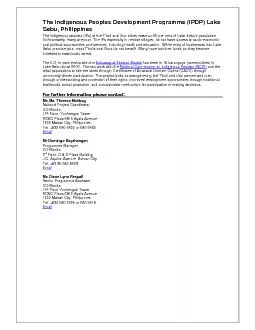PPT-Indigenous Instruments
Author : conchita-marotz | Published Date : 2016-03-01
of Argentina Bombo legüero is an Argentine drum traditionally made of a hollowed tree trunk and covered with cured skins of animals such as goats cows or sheep
Presentation Embed Code
Download Presentation
Download Presentation The PPT/PDF document "Indigenous Instruments" is the property of its rightful owner. Permission is granted to download and print the materials on this website for personal, non-commercial use only, and to display it on your personal computer provided you do not modify the materials and that you retain all copyright notices contained in the materials. By downloading content from our website, you accept the terms of this agreement.
Indigenous Instruments: Transcript
Download Rules Of Document
"Indigenous Instruments"The content belongs to its owner. You may download and print it for personal use, without modification, and keep all copyright notices. By downloading, you agree to these terms.
Related Documents














